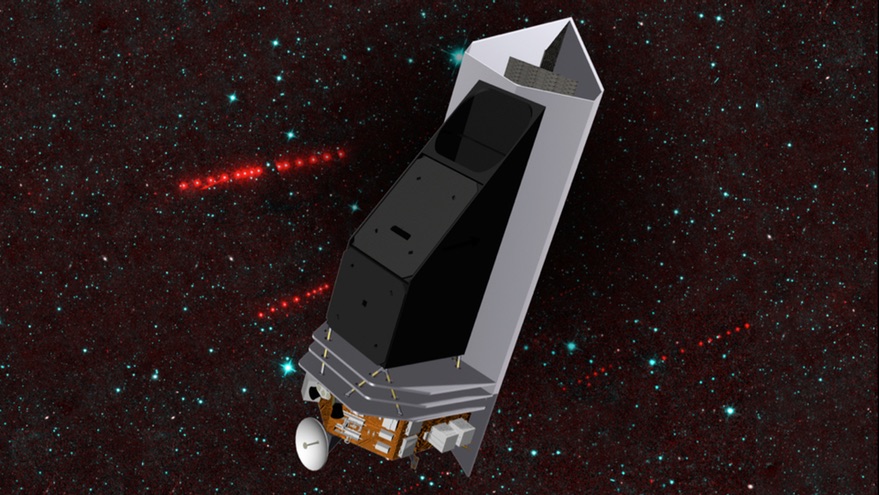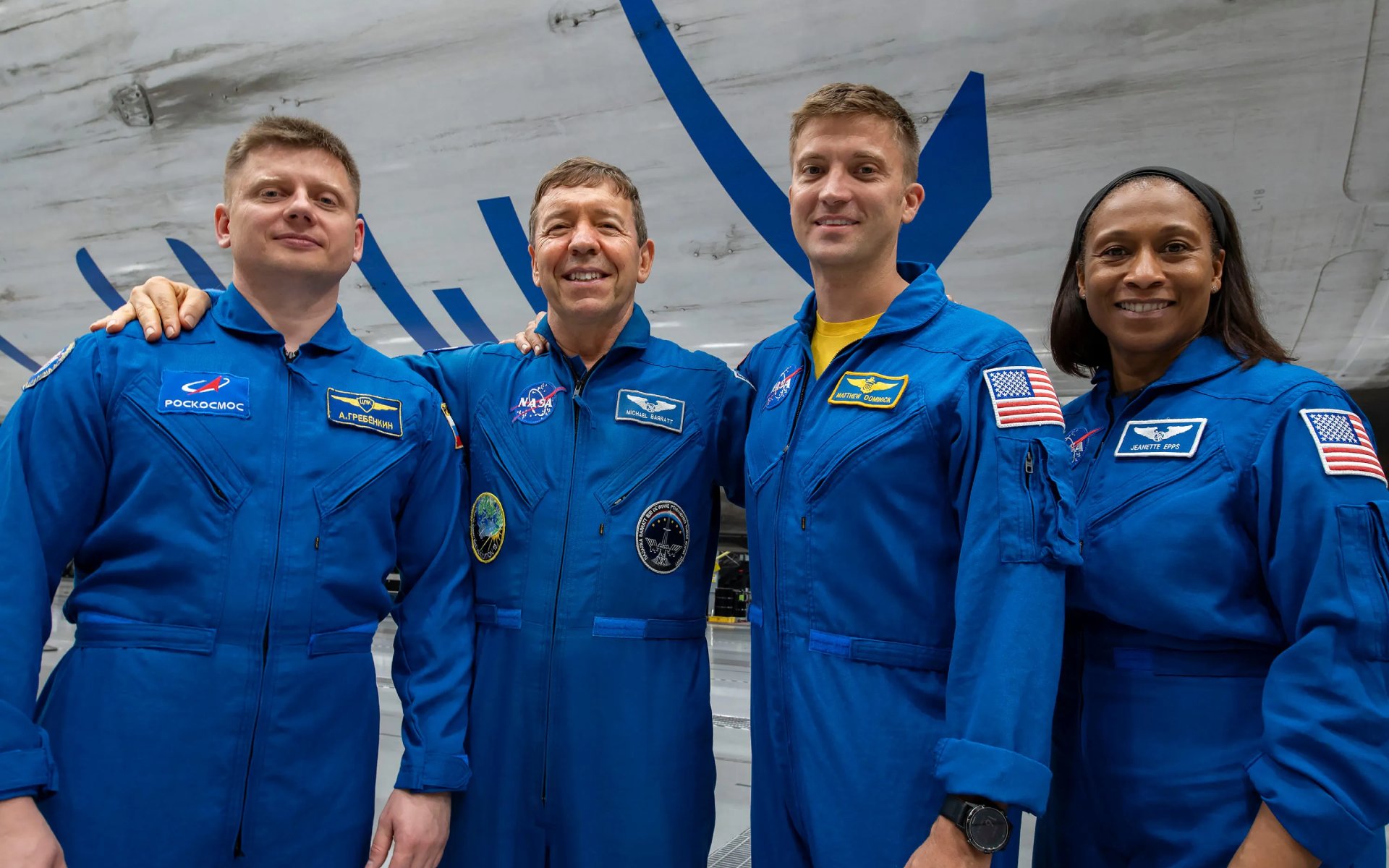NEO Surveyor launch delayed despite funding boost
While Congress provided more funding than NASA requested for an asteroid mission, agency officials said it will not prevent a two-year slip in its launch.

WASHINGTON — While Congress provided more funding than NASA requested for an asteroid mission, agency officials said it will not prevent a two-year slip in its launch.
The fiscal year 2023 omnibus spending bill enacted in December directed NASA to spend no less than $90 million on the Near Earth Object (NEO) Surveyor mission, a space telescope to detect near Earth asteroids as part of NASA’s planetary defense efforts. NASA had requested only $39.9 million for the mission in its budget request, far less than previously projected, and said it would delay the mission’s launch from 2026 to 2028.
At a Jan. 24 meeting of NASA’s Small Bodies Assessment Group (SBAG), Lori Glaze, director of NASA’s planetary science division, said that while the additional funding was helpful, it would not allow NASA to avoid that delay.
“They had a really tough budget for 2023, but, luckily, the appropriations for NEO Surveyor actually gave them an extra $50 million,” she said. “It’s not enough to put them back on schedule for a 2026 launch. We’re still looking at 2028, officially, but it’s a huge help in getting that team moving forward.”
Congress passed the spending bill weeks after the mission passed a confirmation review, formally known as Key Decision Point C, allowing it to go into its next phase of development. That review formally set a target launch date of no later than June 2028 and a cost estimate of $1.2 billion.
“We’re past confirmation and into Phase C,” Amy Mainzer, survey director for NEO Surveyor, said in a separate presentation at the SBAG meeting Jan. 24. “It’s really great to be able to say that.”
She said that the mission is currently working towards a launch in September 2027, nine months ahead of its formal requirement. The project is making good progress on the infrared camera that the spacecraft will use to detect near Earth objects, with a goal of finding two-thirds of such asteroids at least 140 meters across in five years.
Mainzer briefly addressed the budget issues NEO Surveyor faced. That included not just the cut in NASA’s 2023 budget request but also the agency’s decision in June 2022 to rescind $33 million of the $143 million appropriated in fiscal year 2022, redirecting that funding to other projects. By the end of August 2022, NASA told the project to plan to have $80-90 million in fiscal year 2023 based on the progress of congressional appropriations.
“We did suffer some budget cuts, it’s true, but we’re moving on,” she said. “We did manage to make very good use of the funds that we have available this year.”
Both Glaze and Mainzer addressed at the SBAG meeting another concern about the mission: its increased cost. NEO Surveyor is a version of a mission concept called NEOCam that was a finalist in NASA’s Discovery program of low-cost planet science missions, and as recently as 2019 was projected to cost no more than $600 million. The new $1.2 billion cost estimate took some in the planetary science community by surprise.




































